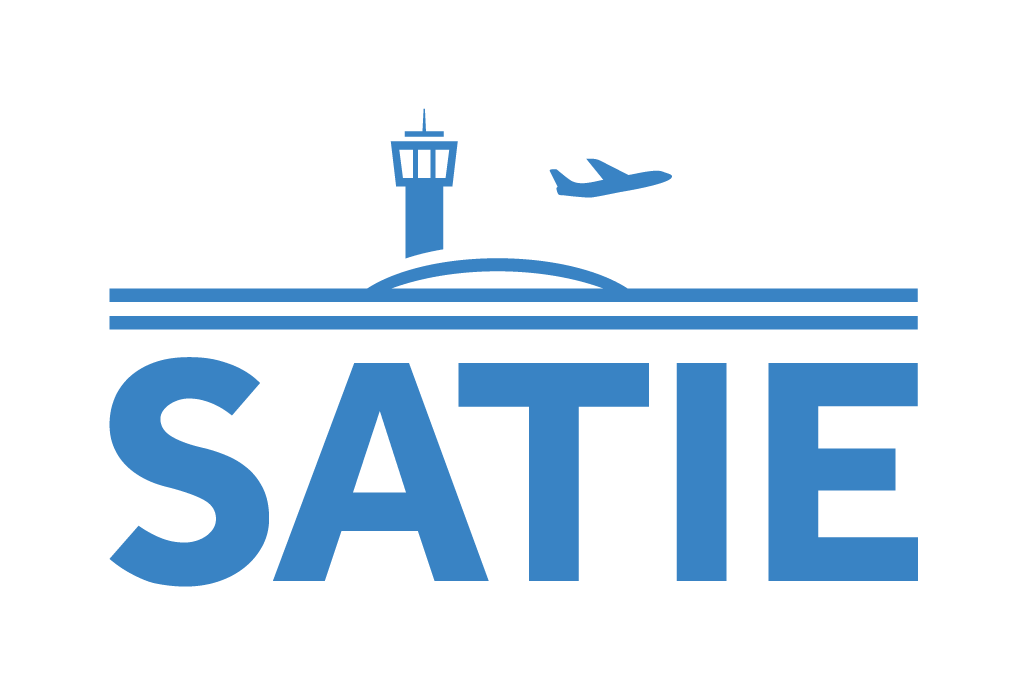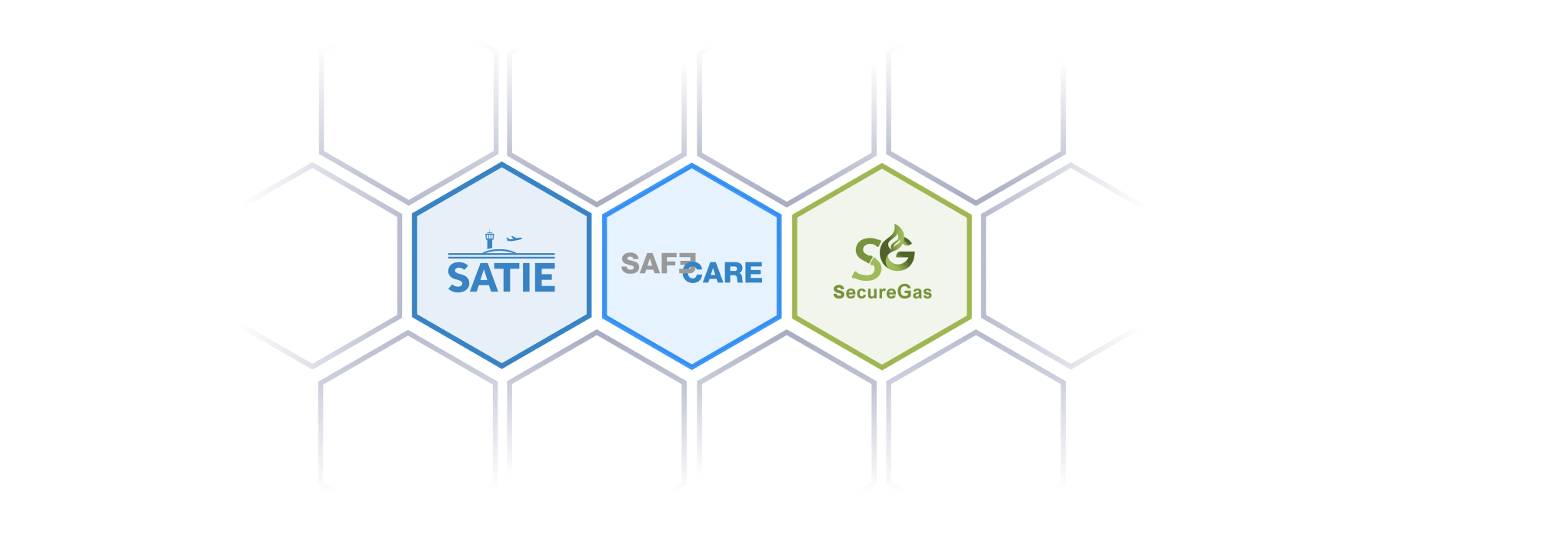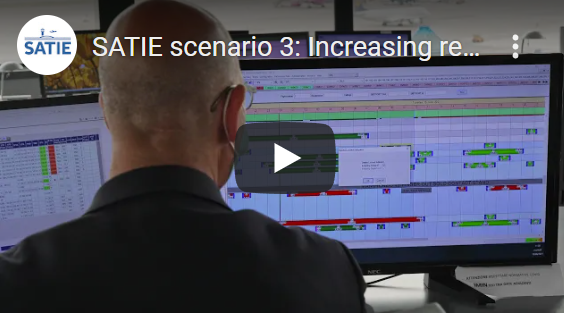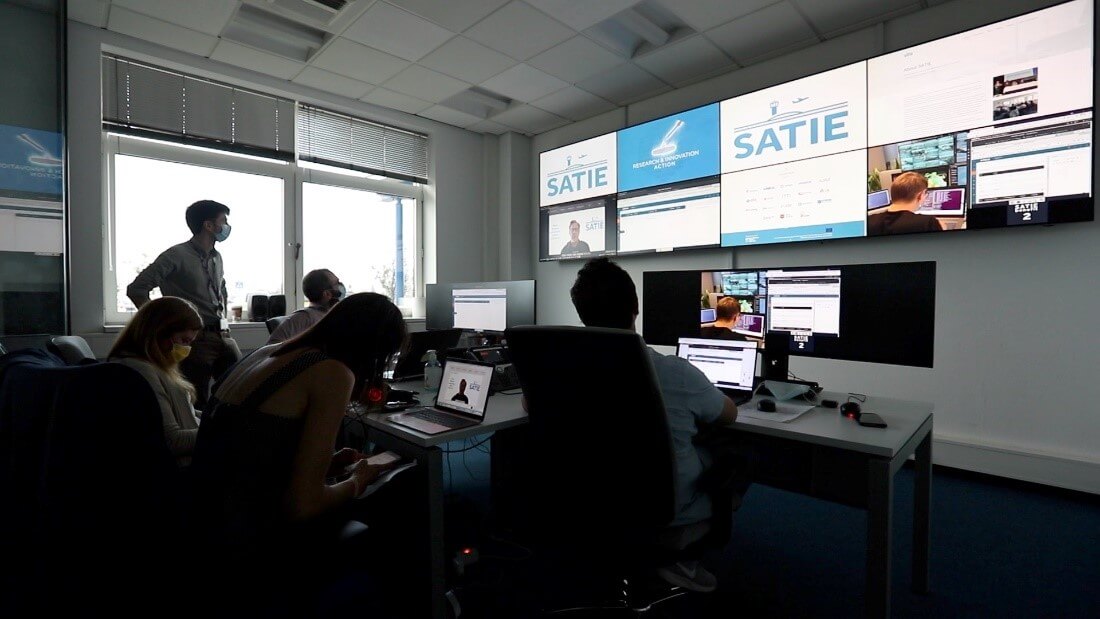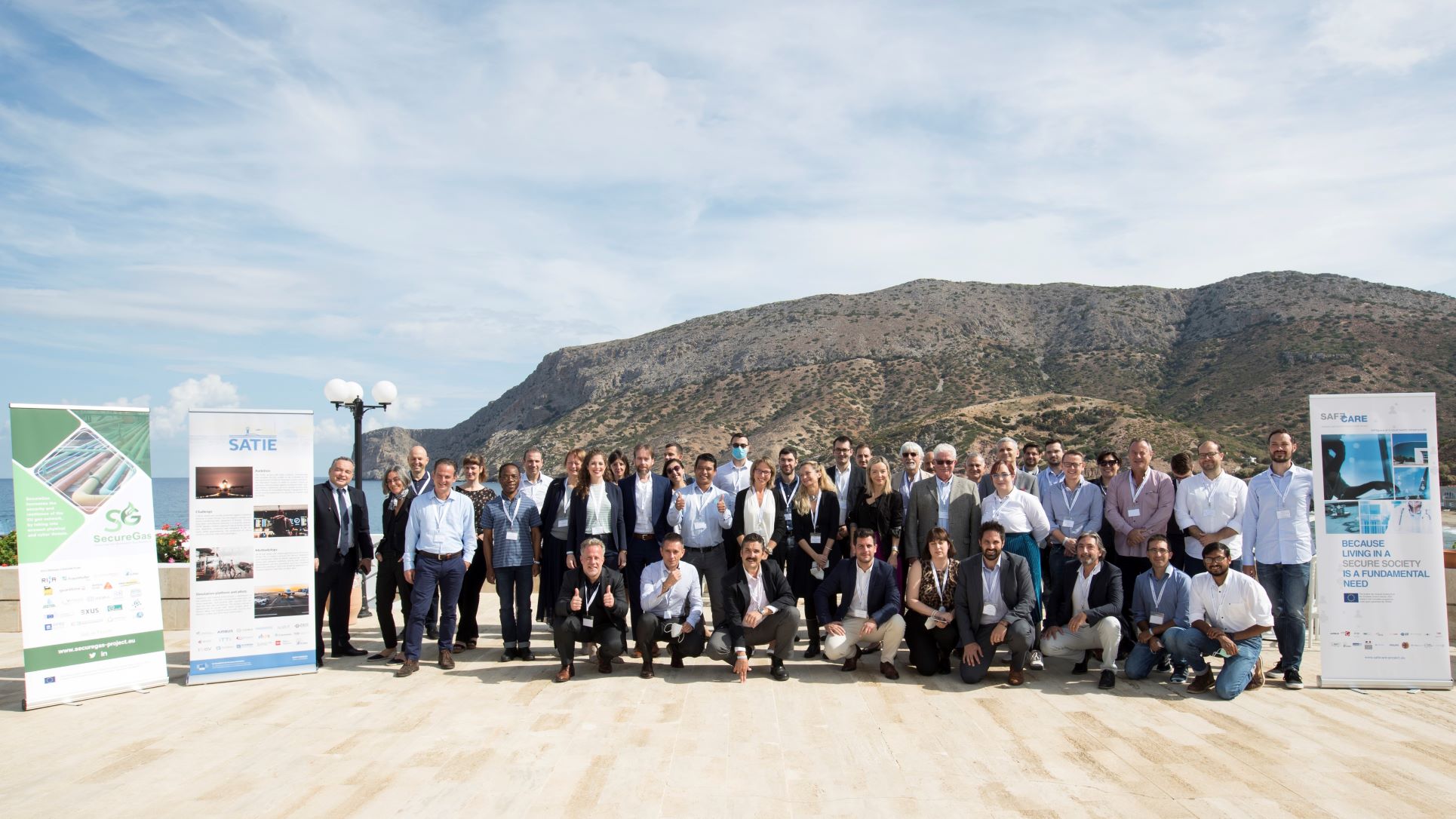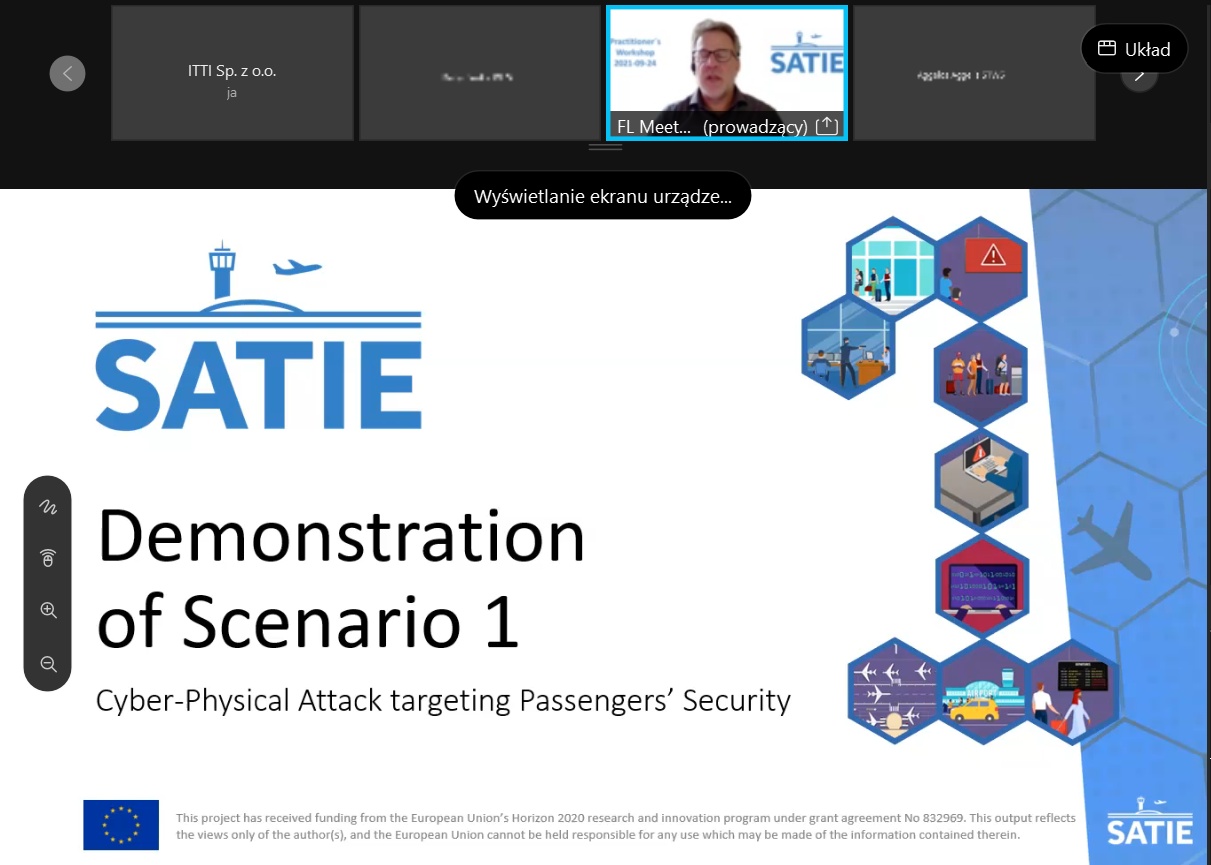This posts provides update on the integration, test, validation and demonstration (WP6). To read the previous article on WP6, please follow THIS LINK.
WP6 is devoted to system integration and testing, as well as to deploy and validate SATIE results in three demonstrations at three different airports, namely in Athens, Milan and Zagreb.
Specifically, the four main objectives of this WP are:
- Set-up a simulation platform and integrate the solutions
- Train security practitioners and validate the acceptance, usability, usefulness, and trust of solutions
- Integrate sub-sets of solutions in three airports in operational conditions
- Demonstrate solutions’ efficiency and collect end-users’ feedback
When building a platform with modules from different partners, the five steps shown in Figure 1 are fundamental to assure the target solutions work and meet business needs. Each of these steps – both in the simulation and airport environments – is covered by the tasks in this WP (see color legend).

Figure 1: Overview of the validation approach and the associated tasks of WP6
The simulation platform is provided by Airbus CyberSecurity (ACS) and can be used either for testing systems before on-site integration, optimizing cyber-defence strategies or training the end-users. The simulation platform is called CyberRange due to its focus on cyber security. The SATIE CyberRange platform specifically addresses critical systems in the airport. Network extensions can be configured to connect hardware components such as Industrial Control Systems (ICS), access control systems and cameras. Software development and system integration can be achieved to provide remote testing and integration capabilities for all the consortium members. Special attention was paid to upgrade the platform without service interruption so that all the consortium members can work smoothly.
The CyberRange platform provides the capacity to perform cyber-attacks on demand and in particular to carry out combinations of cyber-attacks through the execution of scenarios. In the framework of the SATIE project, specific and representative scenarios of threat have been defined with airport security practitioners. These scenarios – composed of cyber-attacks intended to exploit airport systems vulnerabilities – will be performed to test the SATIE approach and solutions.
To integrate the SATIE solutions for threat prevention, threat detection, incident response and impact mitigation, the first step consisted in the deployment of the SATIE solutions on the CyberRange. Then, the SATIE solutions have been integrated together and with the systems of the airport environment to form a global protection system (T6.1).
As the second goal of this WP the threat scenarios in the simulation environment have almost been fully developed, which will be used to train security practitioners. This is achieved through the effort of ACS collaborating with all other partners and end-users to detail each step and each system’s involvement. The tests and verifications of the systems (T6.2) are currently being written so that the proper function – including raising alerts when necessary – can be ensured before going into the demonstrations. They will be carried out at the international airports of Zagreb, Athens and Milan (T6.3, T6.4, and T6.5). Some aspects of the scenarios need to be different in the demonstrations, naturally and this needs to be identified in advance. Once the above mentioned aspects have been completed and written out thoroughly by NIS, a training manual which will be written as part of WP7 will be used to specifically train the security practitioners in order to prepare them properly in how to use the SATIE solutions.
The validation of the solutions is an integral aspect to this project because it ultimately decides how useful and acceptable these solutions are to meet the needs of end-users by increasing detection of and response to cyber-physical threats. Therefore, a multi-faceted validation plan is being developed, spear-headed by DLR, to evaluate the solutions both at a global level and at the level of individual systems within each solution. These questions about how intuitive the solutions are, e.g. whether the update messages are received often enough, how trustworthy the results are, etc. will offer a clear, ultimate evaluation of the solutions from the end-users’ point of view.
Note: This output reflects the views only of the author(s), and the European Union cannot be held responsible for any use which may be made of the information contained therein. This project has received funding from the European Union’s Horizon 2020 research and innovation programme under grant agreement No 832969.
